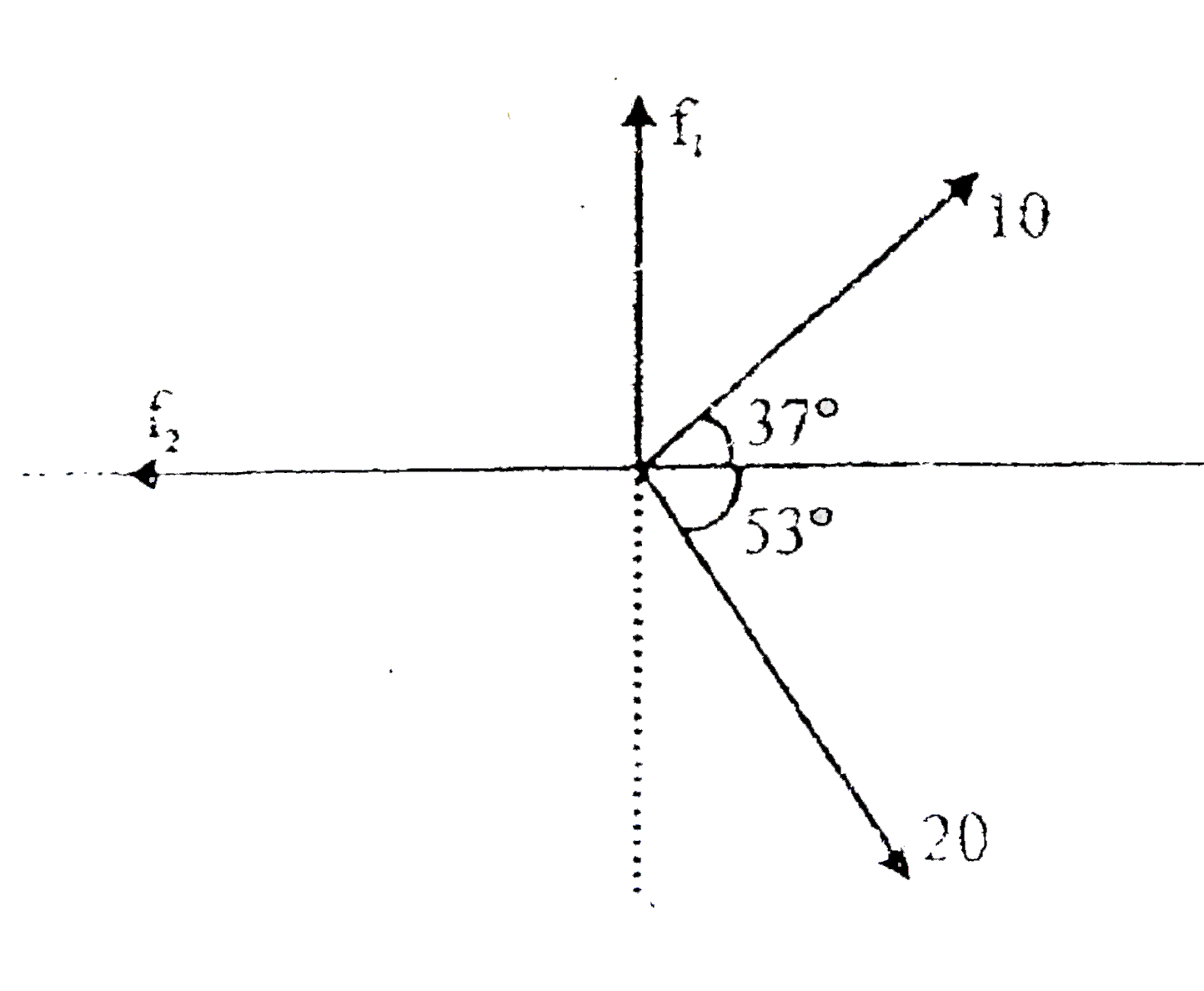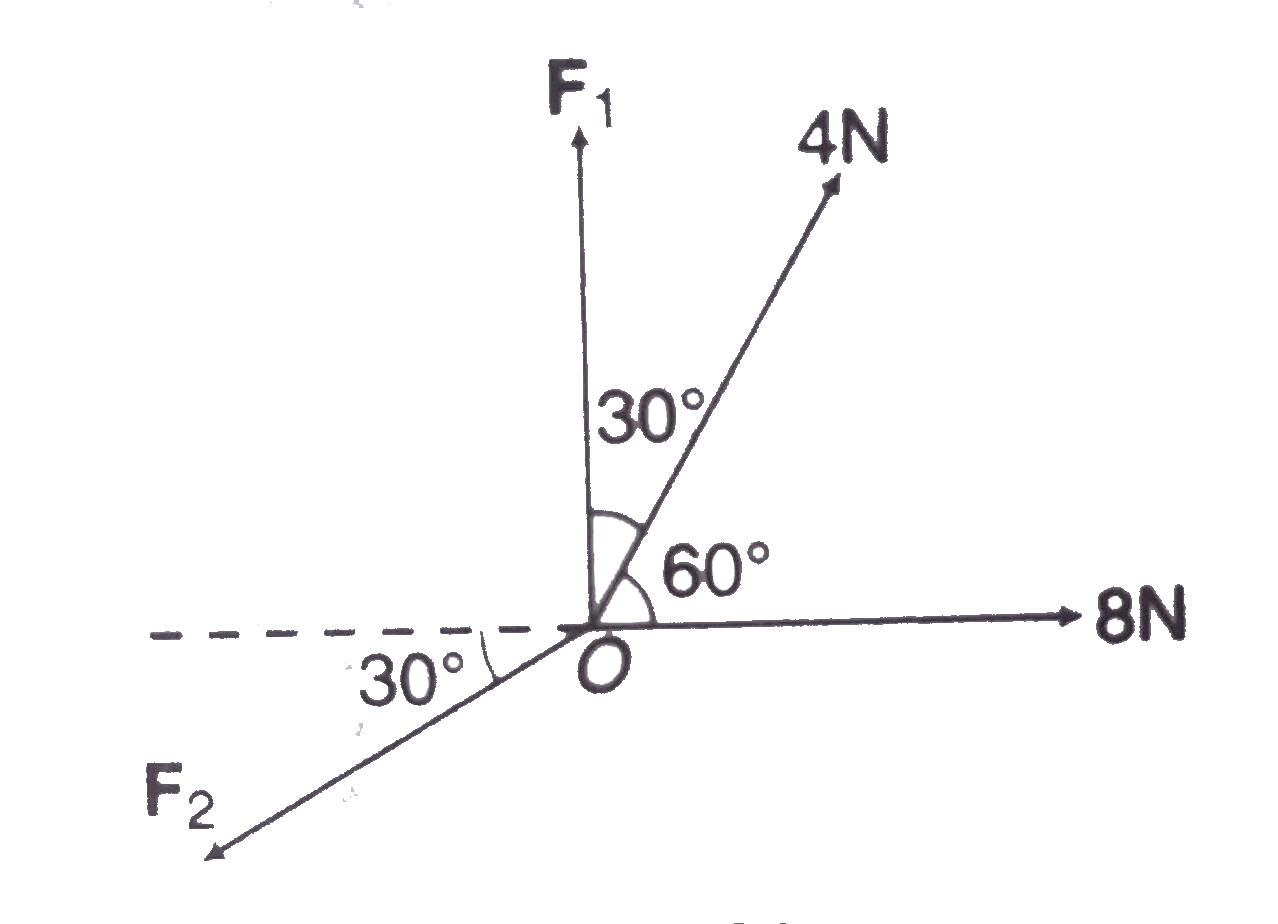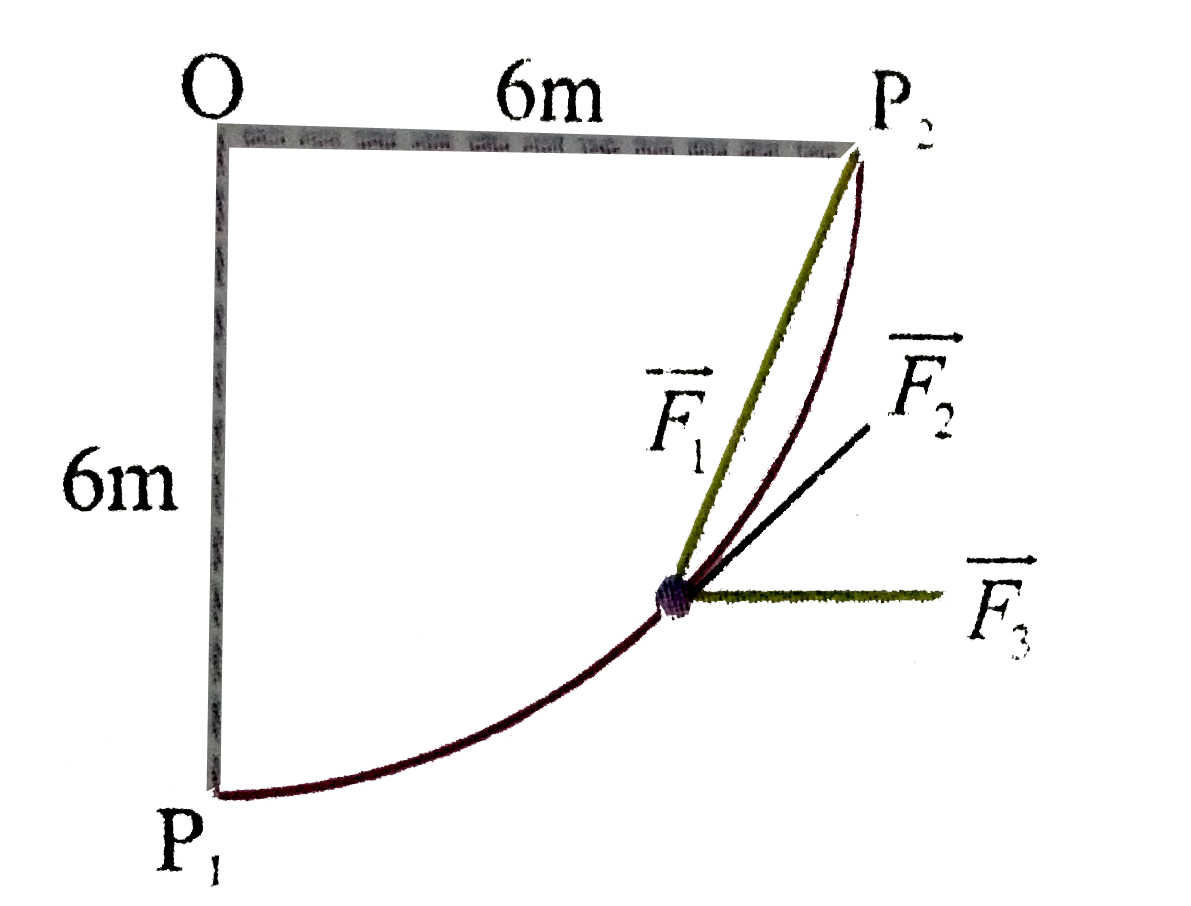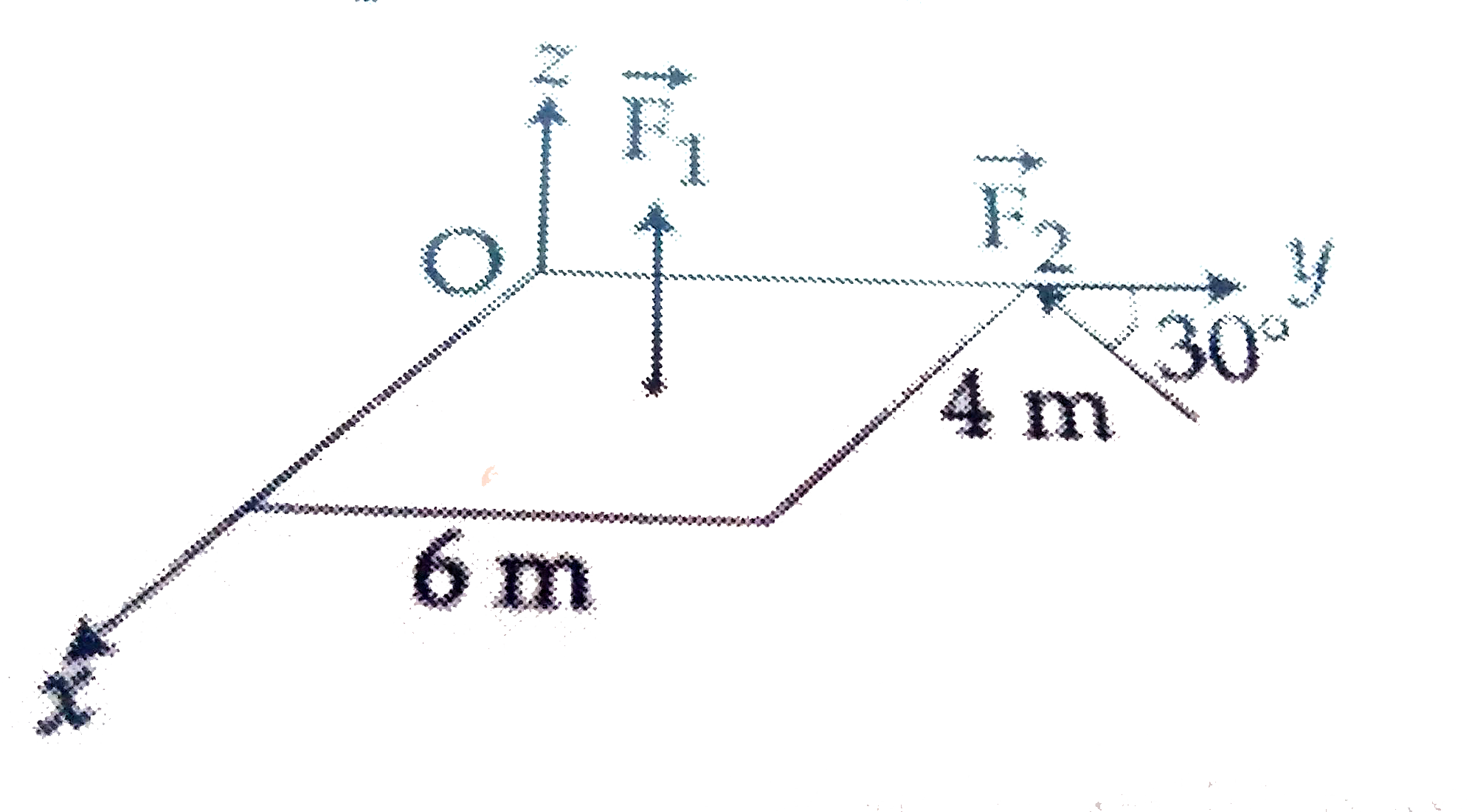Four forces act on a particle as shown in the figure such that net force is zero. Then consider following statement :−

(A) Magnitude of →f1 is 10N
(B) Magnitude of →f1 is 20N
(C) Magnitude of →f2 is 10N
(D) Magnitude of →f2 is 20NSolution in Gujrati
Only A
Only C
Only D
Only A & D
The correct Answer is:D
f1=−10sin37∘+20sin53∘
f2=10cos37∘+20cos53∘
Topper's Solved these Questions
- TEST PAPERBOOK - ALLEN CHAPTER - TEST PAPEREXERCISE - PHYSICS
4 Videos
- TEST PAPERBOOK - ALLEN CHAPTER - TEST PAPEREXERCISE - PHYSICS
4 Videos
- SIMPLE HARMONIC MOTIONBOOK - ALLEN CHAPTER - SIMPLE HARMONIC MOTIONEXERCISE - Example
1 Video
- TEST PAPER 1BOOK - ALLEN CHAPTER - TEST PAPER 1EXERCISE - PHYSICS
11 Videos
Similar Questions
Choose the correct statement:
View SolutionChoose the correct statement:
View SolutionA rod with rectangular cross section oscillates about a horizontal axis passing through one of its ends and it behaves like a seconds pendulum, its length will be
View SolutionWhy are electric field lines perpendicular at a point on an equipotential surface of a conductor ?
View SolutionAn object is in equilibrium under four concurrent forces in the direction shown in figure. Find the magnitudes of F1 and F2

View SolutionA smooth track in the form of a quarter circle of radius 6m lies in the vertical plane. A particle moves from P1 to P2 under the action of forces →F1,→F2 and →F3 Force →F1 is 20N, Force →F2 is always 30N in magnitude. Force →F3 always acts tangentiallly to the track and is of magnitude 15N. Select the correct alternative (s) :
 .
.
View SolutionA moving perticle of mass m is acted upon by five forces overset(vec)(F_(1)),overset(vec)(F_(2)),overset(vec)(F_(3)),overset(vec)(F_(4)) and overset(vec)(F_(5)) . Forces overset(vec)(F_(2)) and overset(vec)(F_(3)) are conservative and their potential energy funcations are U and W respectively. Speed of the particle changes from V_(a) to V_(b) when it moves from position a to b . Choose the correct option :
View SolutionConsider a tetrahedron with faces F1,F2,F3,F4. Let →V1,→V2,→V3,→V4 be the vectors whose magnitude are respectively equal to areas of F1.F2.F3.F4 and whose directions are perpendicular to their faces in outward direction. Then ∣∣→V1+→V2+→V3+→V4∣∣, equals:
View SolutionA slab is subjected to two forces →F1and→F2 of same magnitude F as shown in the figure . Force →F2 is in XY-plane while force F1 acts along z-axis at the point (2→I+3→j) .The moment of these forces about point O will be :

View SolutionA force →F1 of magnitude 9 N makes an angle of 30∘ with the X-axis. Another force →F2 of magnitude 12 N, makes an angle of 120∘ with the X-axis. What is the magnitude of the resultant force ?
View SolutionThree forces →F1=5ˆi+6ˆj+7ˆk,→F2=−3ˆi−2ˆj−2ˆkand→F3=−2ˆi−4ˆj−3ˆk act on a body. What is the direction of the resultant force acting on the body ?
View Solutionयदि धनात्मक X - अक्ष की दिशा में एक सदिश −→F1 के साथ दूसरे सदिश −→F2 का सदिश गुणनखंड शून्य है, तो −→F2 होगा :
View SolutionTwo forces −→F1and−→F2 are acting at right angles to each other , find their resultant ?
View SolutionWhen force −→F1,−→F2,−→F3…...−→Fn act on a particle , the particle remains in equilibrium . If −→F1 is now removed then acceleration of the particle is
View SolutionIf the resultant of three forces −→F1=pˆi+3ˆj−ˆk,−→F2=6ˆi−ˆk and −→F3=−5ˆi+ˆj+2ˆk acting on a particle has a magnitude equal to 5 units, then the value of p is -
View SolutionFind magnitude and direction of →F2−→F1 if →F1=500N due east and →F2=250N due north:
View Solution
